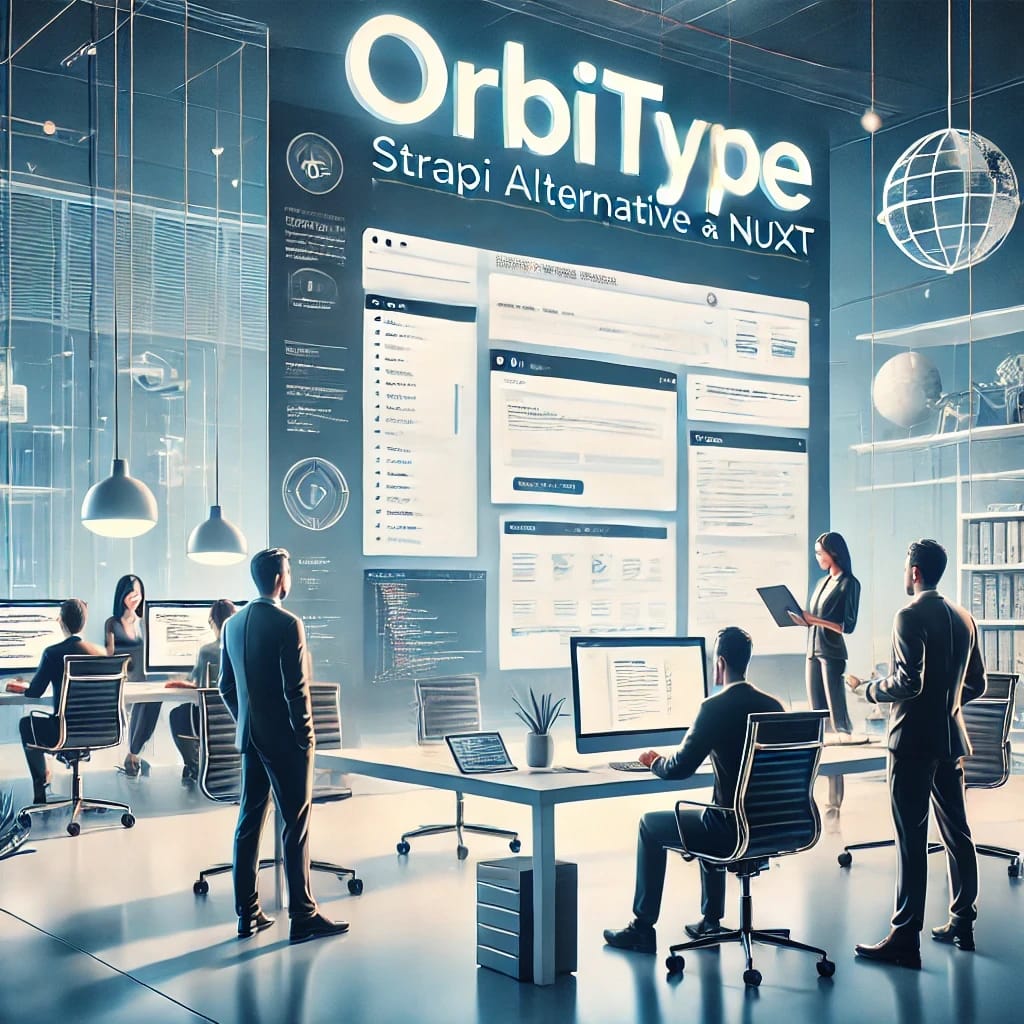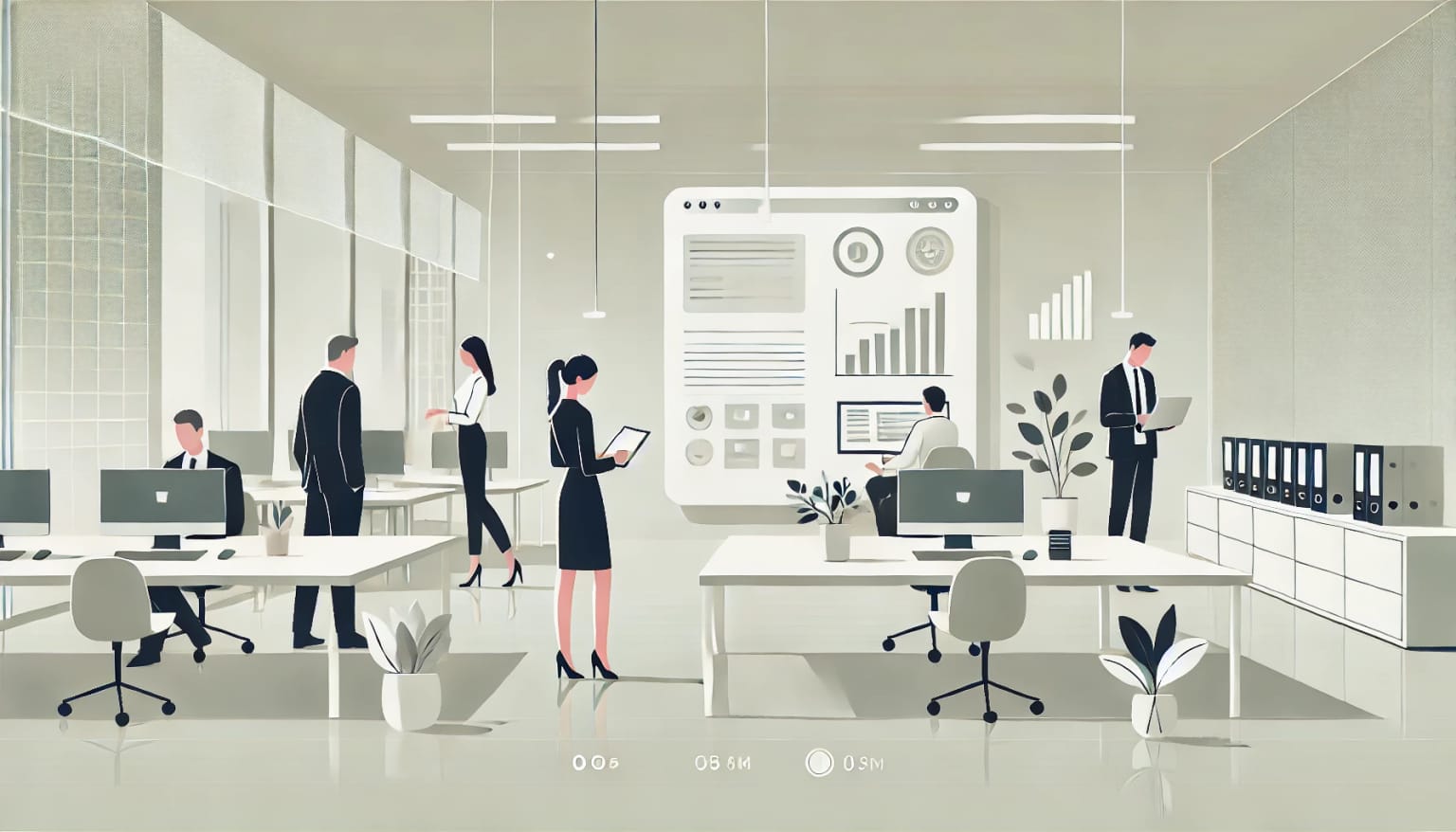
Table of Contents
Introduction: The Evolution of Content Management
Businesses need to adapt quickly if they want to keep up and not get swept away by the changing tides of the digital world. Modern, multi-channel content delivery holds a lot of weight for content management systems (CMS), which might be difficult to meet with traditional approaches. Now stepping onto the stage, the headless solution: a system that offers more performance, scalability, and flexibility by decoupling the content repository from the presentation layer.
Orbitype, as an Agentic Cloud OS, exemplifies these benefits while introducing AI agents that revolutionize content workflows. This comprehensive guide explores why migrating to a headless solution is necessary and how Orbitype's intelligent automation can transform your content management strategy.
Understanding Headless CMS: Breaking Down the Basics
To understand the headless CMS system, it is also necessary to learn the traditional content management system model. In the past, a CMS was more of an integrated solution meant to link content creation and management with frontend presentation. This means that content and how it's displayed was in a tight coupling, like a tightly bundled package.
This method was very efficient. However, with new devices stacking on top of each other and new platforms emerging, it's causing limited flexibility to content teams. The headless approach breaks these limitations by separating the backend content management from the frontend presentation layer, enabling unprecedented flexibility and scalability.
What is a Headless Content Management System?
Headless CMS or Headless Content Management System is a component of digital experience platforms. It refers to a CMS whereby the backend or "the body" (the content repository and management interface) is detached from the frontend or "the head" (the presentation layer).
This decoupling creates the opportunity to follow distinct paths in which content creators, content editors and developers can concentrate on their strong side. Ultimately, you get the flexibility to use the same content across multiple devices, like a computer, a phone, or tablet, without being tied to a specific way of showing it.
The Concept
Imagine your website like building blocks. In a traditional set-up, it's like buying a pre-designed set with the blocks stuck together. This represents both the content (text, media) and how it's displayed (the design). Now, the concept of a headless CMS is as if you could separate those blocks.
With a headless approach, the backend that has the function of content creation and management is separated from the front-end presentation. This separation between layers frees up the development teams, allowing them to pick any technology stack for each layer individually. It forms a paradigm of possibilities the likes of which were never imagined before.
CMS with a headless approach comes as a breath of fresh air in the software field, as it radically breaks away from the established walls. It opens new doors for innovation.
How Headless CMS Works with AI Agents
Application Programming Interface
The API-oriented structure is the essence of a headless CMS. Unlike standard CMS, which is based on templates and themes, headless CMS exposes the content through APIs (Application Programming Interfaces). This allows developers to get content and integrate it on different frontend platforms that include websites, mobile apps, smartwatches, and so forth. Essentially, API-driven content delivery acts as a bridge for communication between software applications.
Content Repositories with AI Enhancement
A headless CMS is based on content repositories where structured contents are saved. Think of it as a digital storage system where the entirety of your content—text, videos, images—is organized and stored. This repository is structured in a way that allows easy management and content retrieval.
With Orbitype's Agentic Cloud OS, AI agents can access this centralized content repository to automatically analyze, categorize, and optimize content. These intelligent agents work continuously in the background, ensuring content quality, consistency, and relevance across all channels.
This structured data is usually in JSON or XML and can be readily processed by developers and AI agents alike. This decoupling of content from presentation allows content teams and AI workforce to collaborate seamlessly with various technologies and frameworks used to create the user interface.
Why Migration to a Headless CMS is Necessary
Scalability with AI Workforce
As businesses grow, so does their content and the traffic they receive. Traditional CMS platforms can become sluggish and unresponsive under heavy loads. A headless solution like Orbitype is designed to scale effortlessly, handling increased content volumes and user traffic without compromising performance. With AI agents managing workflow automation, scaling becomes even more intelligent and predictive, automatically adjusting resources based on demand patterns.
Flexibility and Future-Proofing
New platforms and technology constantly emerge. Conventional content management systems frequently struggle to adapt to these changes, causing integration problems and reduced functionality. With the unparalleled flexibility offered by Orbitype's headless approach, you can easily interface with different platforms and adapt to new technologies. Orbitype's API-driven content delivery enables you to achieve a variety of business goals, regardless of whether you're deploying content to a website, mobile app, or IoT device.
Performance Enhancement
Slow load times can significantly impact user experience and SEO rankings. Traditional CMS platforms, which bundle content management and delivery, often result in slower performance. In contrast, a headless CMS like Orbitype separates content creation from delivery, enabling faster load times and improved performance. By using efficient APIs to deliver content, Orbitype ensures that your digital properties are quick and responsive, enhancing user satisfaction.
AI-Powered Future-Proofing
Businesses require a content management system that is agile and stays ahead of the curve. Since it is built to support new content delivery methods and technologies as they become available, Orbitype's headless architecture with integrated AI agents is already future-proof. Discover how Orbitype is leading the way in future headless CMS trends. This flexibility guarantees that, despite changes in the industry, your content management approach stays current and productive.
Key Benefits of Using a Headless CMS with AI Agents
Seamless Integration Across Platforms
Orbitype's API-driven content delivery allows seamless integration across platforms, including web, mobile, and IoT devices. This flexibility ensures that your content is consistently displayed across all touchpoints, providing a unified brand experience. By leveraging Orbitype's robust APIs and AI agents, you can deliver content in real-time while automating content optimization and personalization based on audience behavior.
Intelligent Content Management
With Orbitype, managing content becomes a streamlined process enhanced by AI workforce. The centralized content repository serves as a single source of truth, making it easy to update and maintain consistency across all platforms. AI agents continuously monitor content performance, suggest improvements, and automatically tag and categorize new content, allowing your team to focus on creating high-quality content without worrying about duplication or discrepancies.
Enhanced Security with AI Monitoring
Security is a critical concern for any digital platform. Traditional CMS platforms, with their monolithic architecture, are more vulnerable to attacks. Orbitype's headless CMS reduces this risk by decoupling the content repository from the presentation layer. This separation minimizes the attack surface, while AI agents provide continuous security monitoring, threat detection, and automated response protocols, ensuring that your content management system remains secure against evolving threats.
Superior User Experience through Automation
User experience is paramount in the digital age. Slow, clunky websites can drive users away, while fast, responsive sites keep them engaged. Orbitype enhances user experiences by delivering content quickly and efficiently through its API-first approach. AI agents analyze user behavior patterns, optimize content delivery routes, and personalize experiences in real-time, leading to higher user engagement and better conversion rates.
Setting Up Orbitype for Your Business
Initial Setup and Configuration
Migrating to Orbitype involves several steps to ensure a smooth transition. Start by setting up your Orbitype account and configuring your content models. Orbitype's intuitive interface makes it easy to define content types and relationships, ensuring that your content is organized and easily accessible. AI agents assist during this process by analyzing your existing content structure and suggesting optimal configurations for maximum efficiency.
Integration with Existing Systems and Workflow Automation
One of Orbitype's strengths is its ability to integrate with your existing systems while introducing intelligent automation. Whether you're using a specific web framework, a mobile app, or an IoT platform, Orbitype's APIs make integration straightforward. AI agents can automatically establish connections, monitor data flows, and optimize integrations based on usage patterns. Learn how AI agents revolutionize outreach automation and streamline your business processes.
Post-Migration Optimization with AI Insights
Once your migration is complete, it's essential to optimize your new setup continuously. AI agents monitor performance metrics in real-time, identifying areas for improvement and implementing optimizations automatically. They analyze content usage patterns, user behavior, and system performance to suggest caching strategies, content updates, and architectural improvements. This continuous optimization ensures that Orbitype delivers maximum performance and value while reducing manual maintenance overhead.
Real-World Use Cases with AI Enhancement
E-Commerce with Intelligent Automation
For e-commerce businesses, delivering dynamic, personalized experiences is crucial. Orbitype enables real-time updates to product listings, promotions, and customer reviews, ensuring that your online store always displays the latest information. AI agents enhance this by automatically analyzing customer behavior, optimizing product recommendations, managing inventory alerts, and personalizing marketing campaigns. By integrating with your existing e-commerce platform, Orbitype provides a seamless shopping experience that drives sales and customer satisfaction.
Media and Publishing with AI Workflow
Media and publishing companies require a CMS that can handle high volumes of content and distribute it across multiple channels. Orbitype's centralized content repository and API-driven content delivery make it ideal for this sector. AI agents automatically categorize articles, optimize headlines for SEO, schedule publications based on audience engagement patterns, and even generate content summaries. Real-time content updates and multi-channel publishing ensure that your audience receives timely and relevant information across all platforms.
Corporate Websites with Brand Intelligence
Maintaining a consistent brand image across all digital touchpoints is essential for corporate websites. Orbitype's headless solution enables centralized content management, while AI agents ensure brand consistency by monitoring content for compliance with brand guidelines, automatically updating corporate information across all channels, and analyzing brand sentiment. By integrating with various digital channels, Orbitype helps you deliver a cohesive brand experience that enhances your corporate identity and reputation.
Best Practices for a Smooth Migration
Planning the Migration with AI Assistance
A successful migration begins with thorough planning enhanced by AI insights. Start by assessing your current CMS setup and identifying your migration goals. Consider the content types, volumes, and delivery channels you need to support. AI agents can analyze your existing content structure, identify potential migration challenges, and suggest optimal migration strategies. Create a detailed migration roadmap and timeline, outlining each step of the process while leveraging AI recommendations for risk mitigation.
Executing the Migration with Intelligent Monitoring
With a solid plan in place, you can begin the migration process with AI-powered oversight. Start by exporting your content from the current CMS and importing it into Orbitype. AI agents monitor the migration process in real-time, ensuring that all content is correctly mapped to the new content models and identifying any discrepancies immediately. Conduct thorough testing with automated validation tools to ensure all content displays correctly on target platforms.
Post-Migration Optimization and Continuous Improvement
After migration, AI agents provide continuous monitoring to ensure everything runs smoothly. They implement intelligent caching strategies to enhance load times, automatically optimize content delivery routes, and provide detailed analytics on system performance. The AI workforce regularly reviews and optimizes your content models to reflect changes in your content strategy, ensuring that Orbitype delivers optimal performance and value while future-proofing your content management strategy.
Conclusion: The Future of Content Management
Migrating to a headless CMS like Orbitype offers numerous benefits, from enhanced scalability and flexibility to improved performance and security. By decoupling the content repository from the presentation layer and integrating AI agents for intelligent automation, Orbitype allows for seamless integration across platforms while ensuring a consistent and engaging user experience.
The integration of AI agents and workflow automation transforms traditional content management into an intelligent, self-optimizing system. Whether you're managing an e-commerce site, a media platform, or a corporate website, Orbitype's Agentic Cloud OS provides the tools and AI workforce needed to stay competitive in today's digital landscape. The combination of headless architecture with intelligent automation creates unprecedented opportunities for efficiency, personalization, and growth.
Embrace the future of content management with Orbitype and experience how AI agents can revolutionize your digital operations. Explore comprehensive AI agent use cases to discover the full potential of autonomous workflows in your organization. For more information about implementing Orbitype's Agentic Cloud OS, you can always reach out to us.
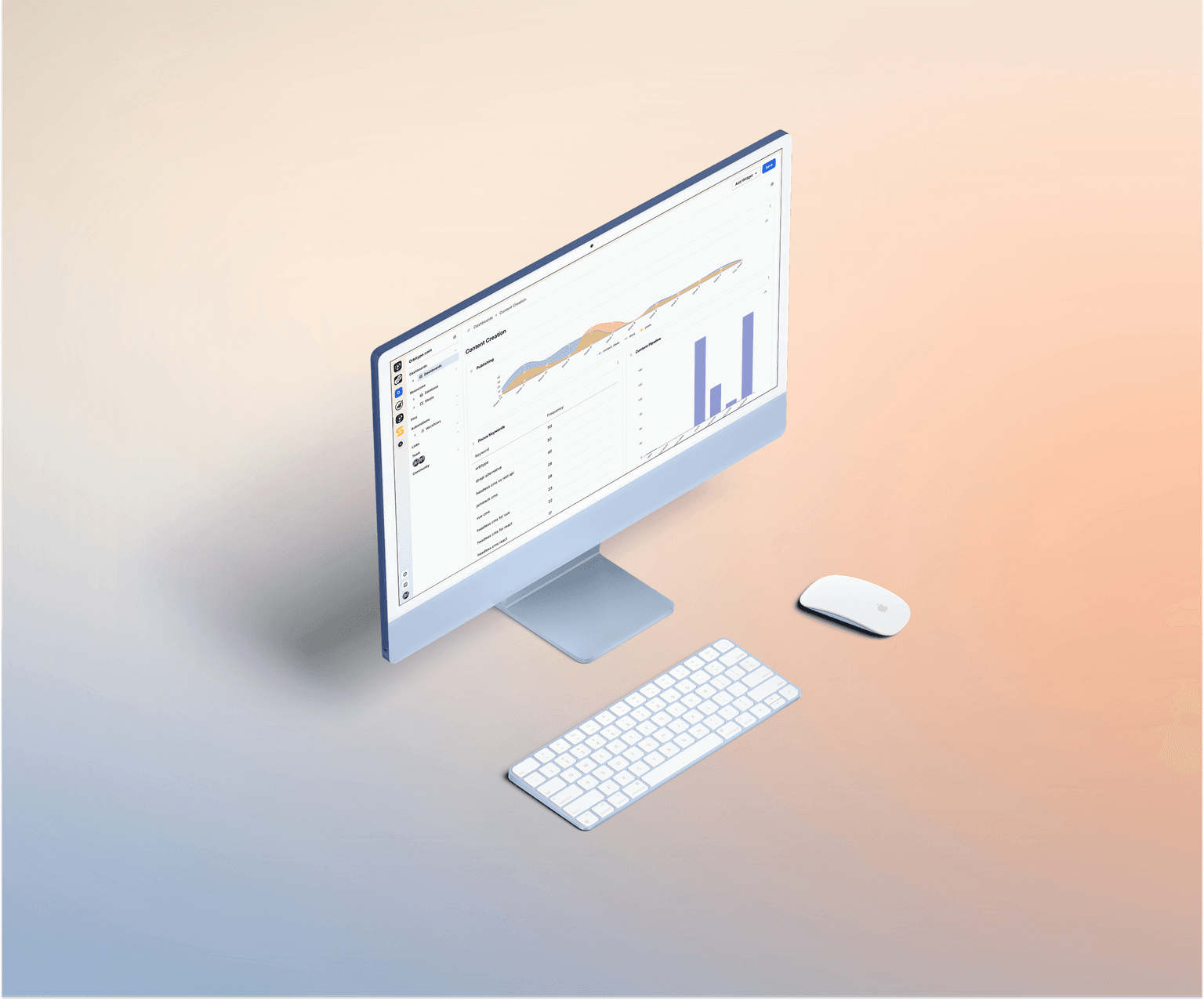

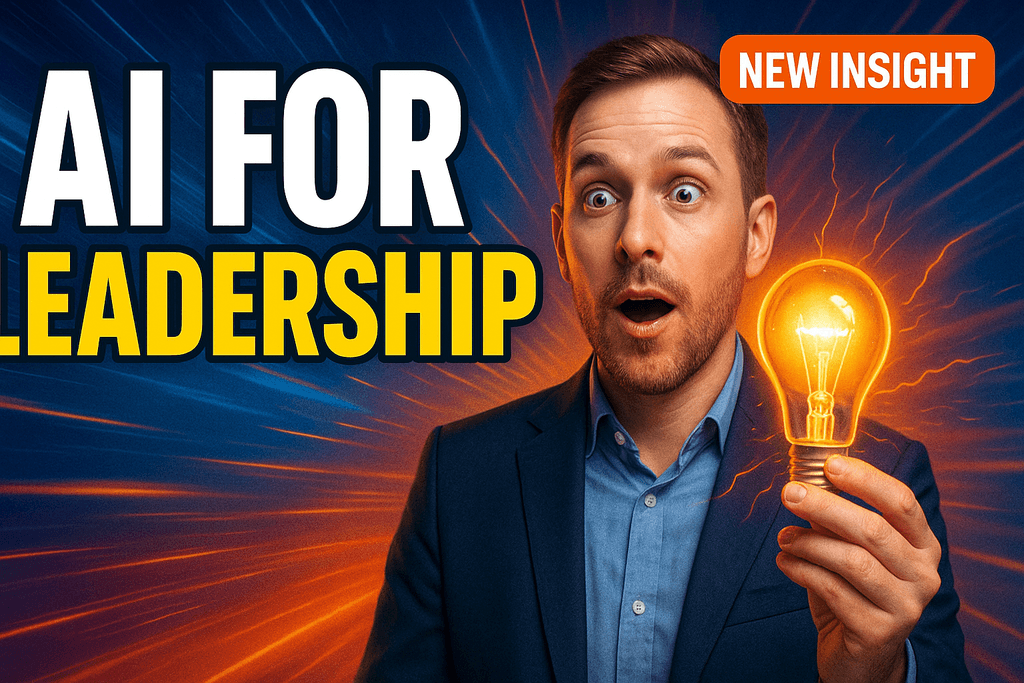
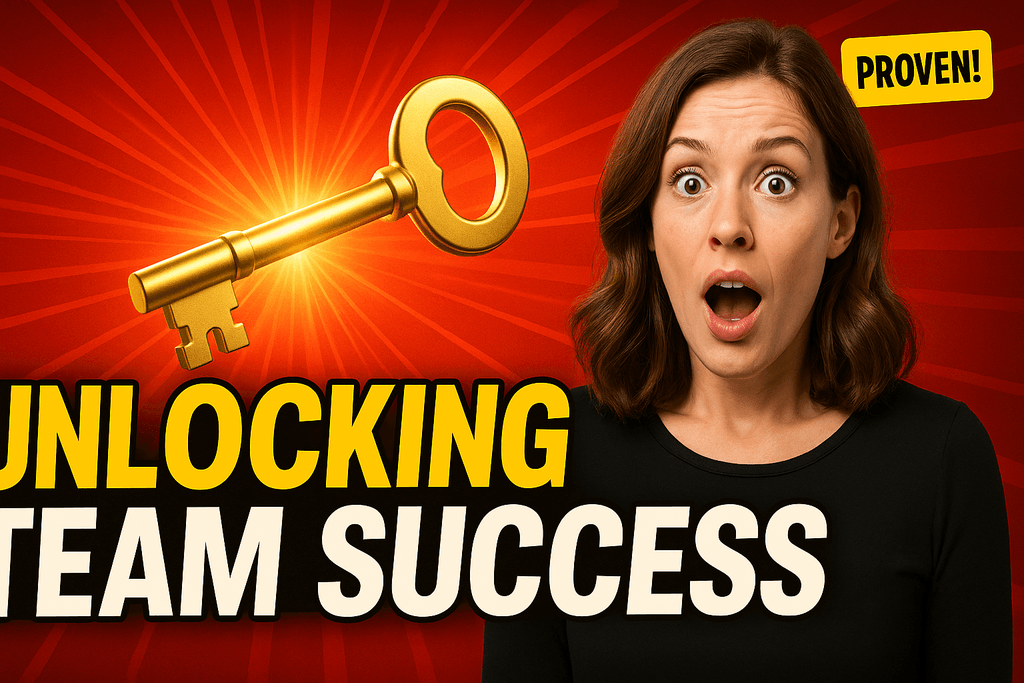
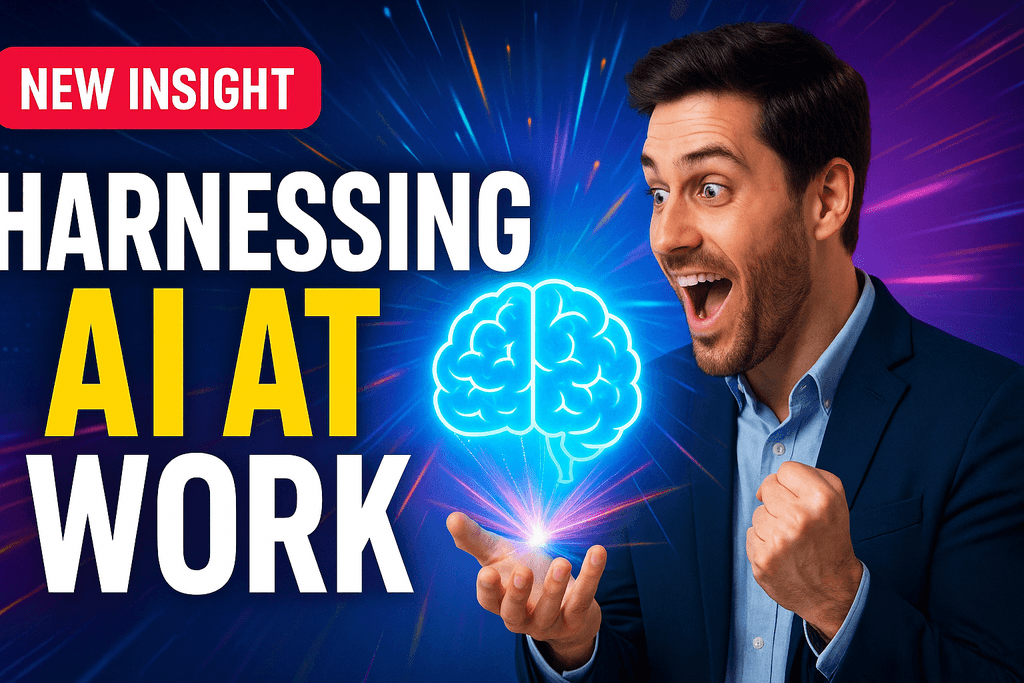

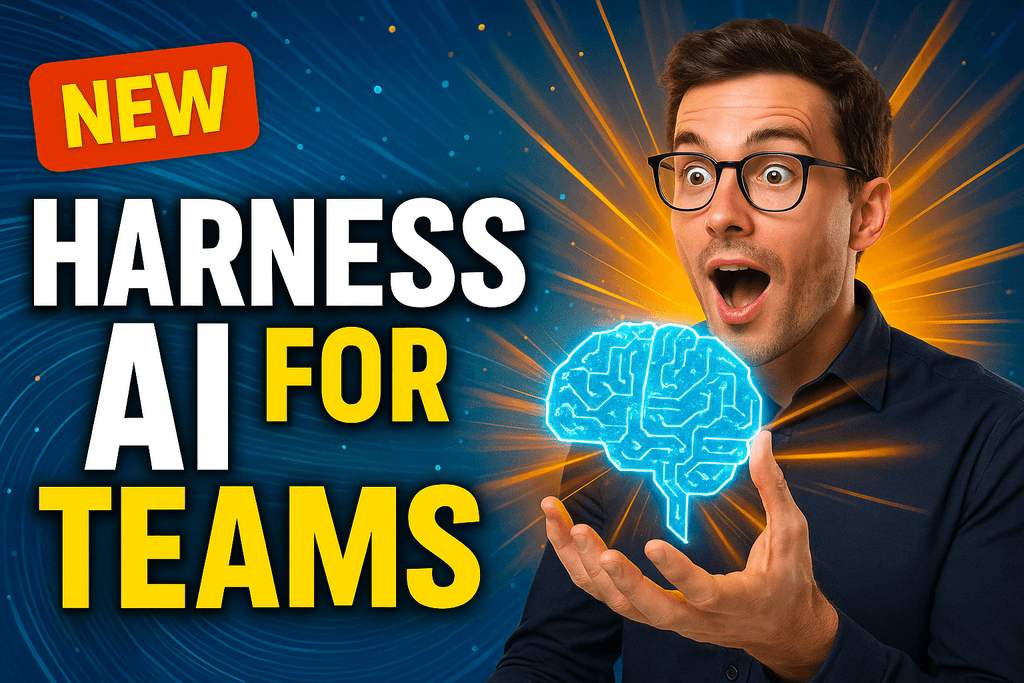

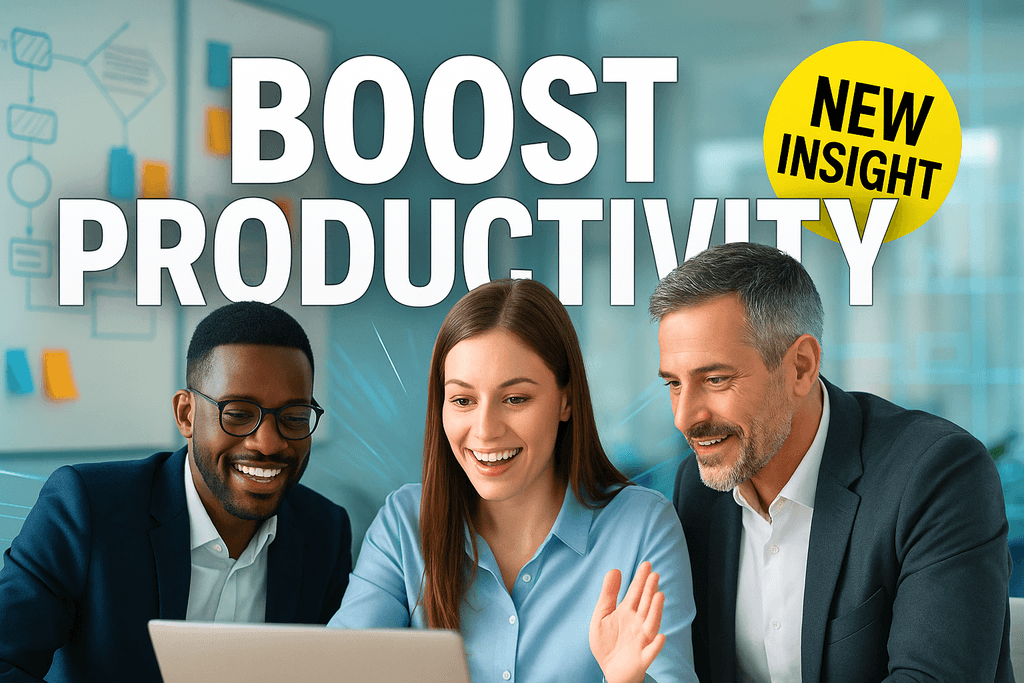
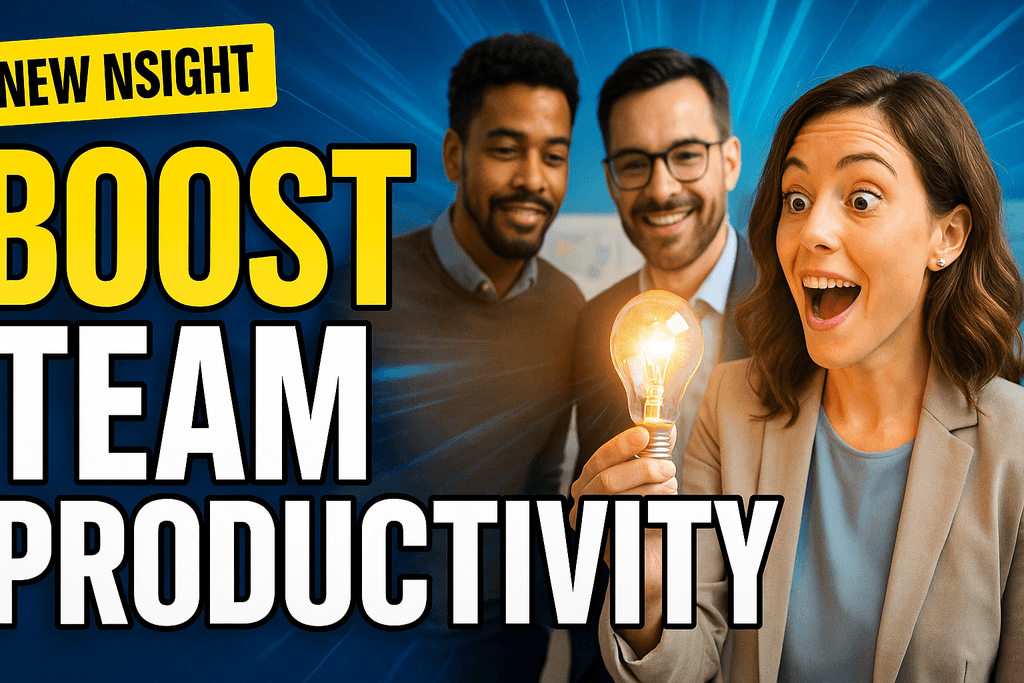
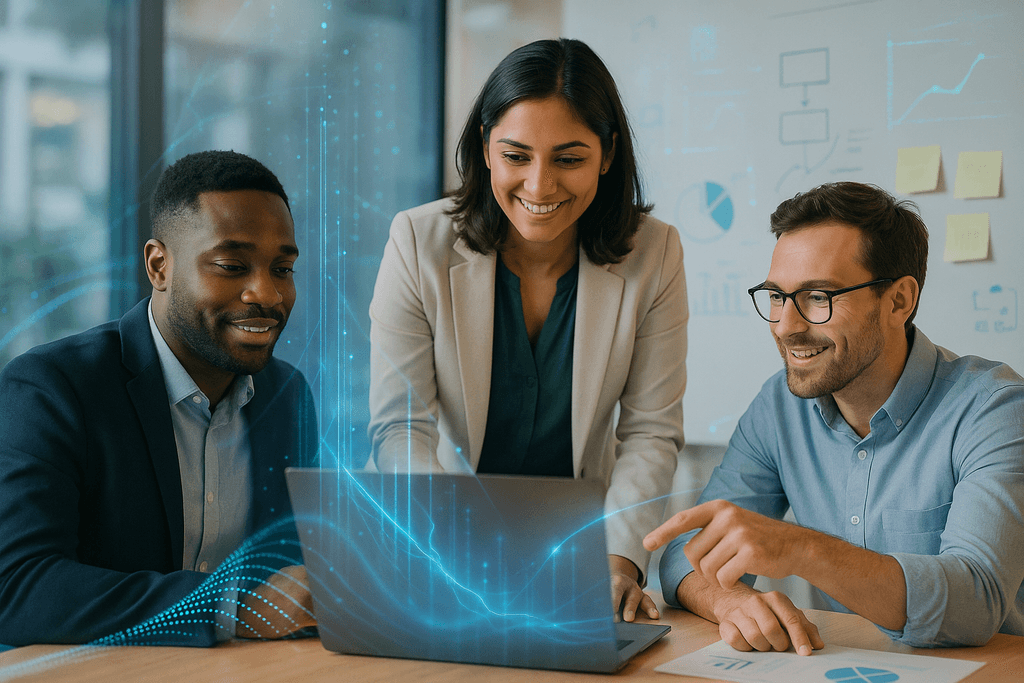
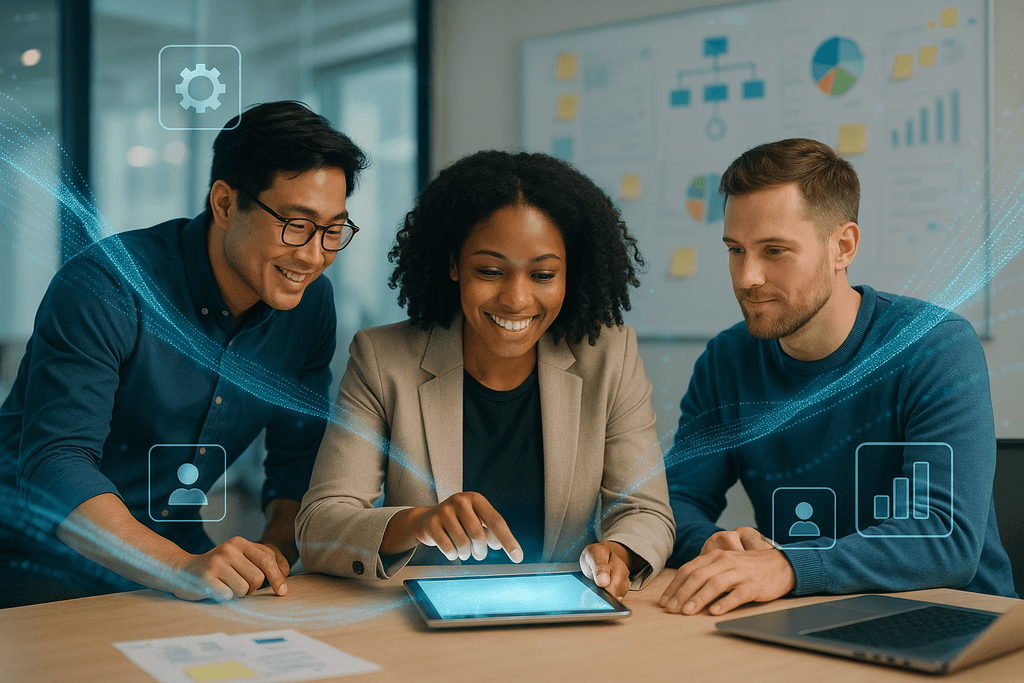
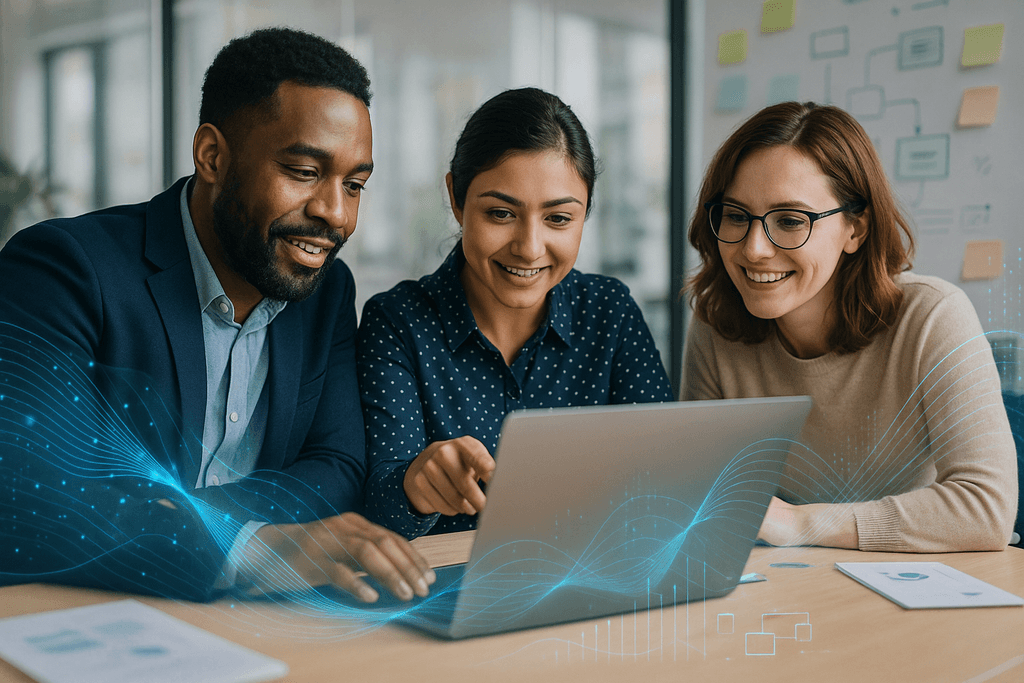






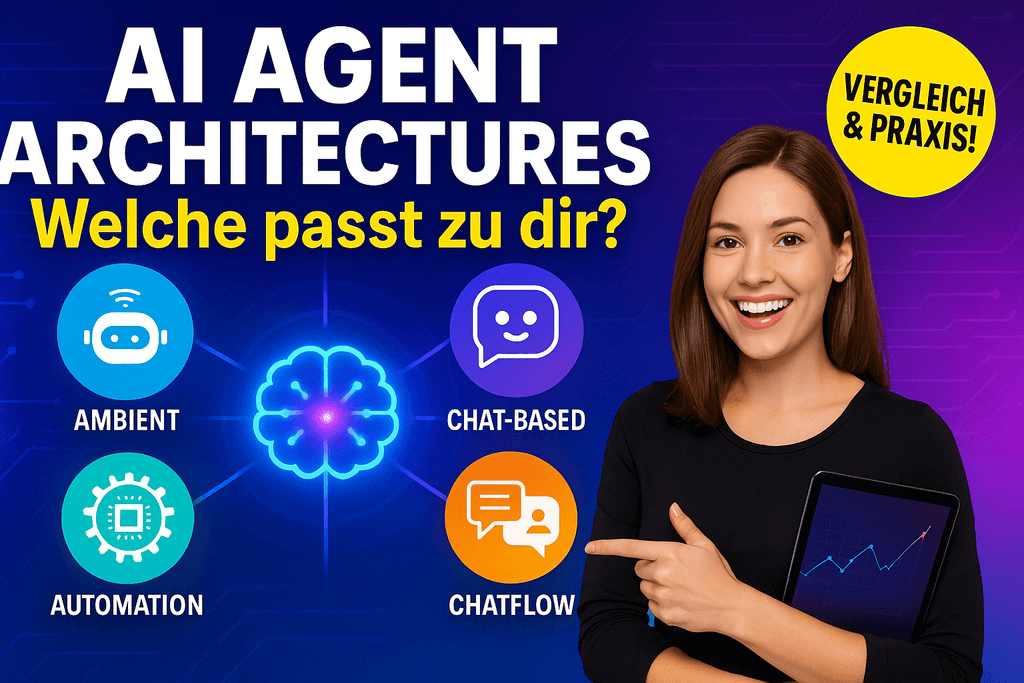


.png&w=1024&q=80)
